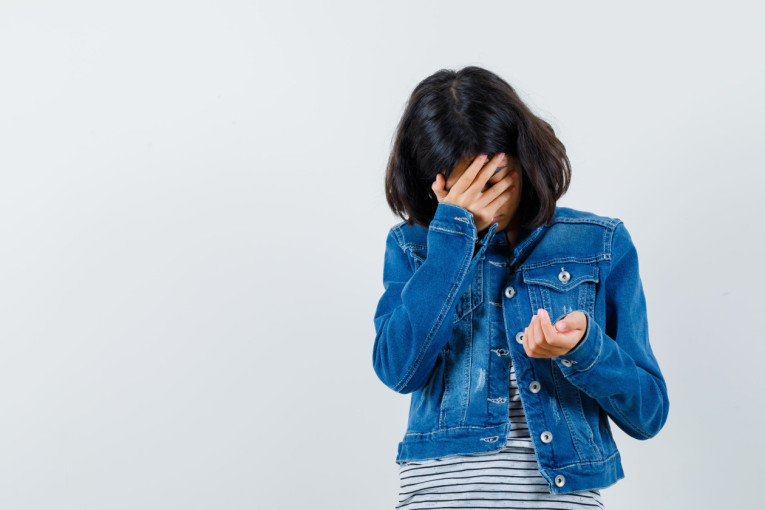
Tourism has become a crucial sector for Indonesian society, especially in Bali. However, the large influx of tourists has brought various issues, including the involvement of children in tourism.
This illegal involvement is further exacerbated by the rise of Child Sex Tourism (CST), which includes acts of pedophilia and the abuse of minors.
In response to this, four students from Universitas Gadjah Mada (UGM), representing different fields of study, formed a Student Creativity Program team in the field of Social Sciences and Humanities Research (PKM-RSH) to conduct direct research and analysis in Bali.
These students are I Ketut Aditya Prayoga from the tourism department, who analyzed the role of tourism in triggering CST cases in Bali, and Adit Surya, a law student, who researched the process of CST victimization.
Other students are Putu Daryatti, a psychology student who assessed the trauma experienced by victims mentally and physically, and Ni Luh Feby Riveranika, a sociology student who analyzed the protective measures that the Pentahelix tourism framework could implement to reduce or eliminate CST cases.
Dr. Fahmi Prihantoro, who has a keen interest in tourism policies, supervised the research. He helped the team delve deeper into CST cases, focusing on the factors leading to victimization, the trauma experienced by victims, and the protective efforts that can be made to reduce future cases.
The team identified three forms of CST victimization faced by the subjects: pedophilia, human trafficking, and child involvement in the MiChat app. Victimization stemmed from participation, lifestyle, temporary locations, and routine activities.
Prayoga explained that the research and interviews uncovered how children became victims, ranging from inappropriate information exchanges with tourists to criminal acts of human trafficking.
The team revealed that the main reason children fall into these situations is the lack of parental supervision. Surya stated that children are given phones at an early age, granting them access to inappropriate information.
“We found that the parents were leading the children down this path, driven by poverty, economic struggles, and lack of education,” Surya said.
There are existing laws in Indonesia that protect children from sexual violence and exploitation. However, the PKM-RSH team expressed concerns that enforcement of these laws remains weak.
“Because sexual exploitation may fall under the legal category of crimes that require formal reports, the government may not be aware of these incidents if no reports are filed,” Surya added.
After four months of research, the team identified three CST survivors as core research subjects. The Pentahelix tourism framework—comprising the government (relevant agencies), NGOs, tourism businesses, academics, and media—also played a key role in their research.
“We contacted Gerasa Bali and Lentera Anak Bali foundations, and some children were still involved in such cases. However, we gained access to survivors who shared their experiences with us,” Riveranika explained.
In terms of traumatic impacts, survivors experienced serious physical injuries, including leg lacerations and sexually transmitted diseases. Psychologically, they faced distressing dreams, flashbacks, heightened sensitivity to stimuli, negative cognitive changes, and shifts in reactivity.
“We used DSM-5 criteria to analyze their trauma, focusing on PTSD, and found that they indeed experienced trauma in several forms,” Riveranika elaborated.
Tragically, the parents of the victims were often unaware of the severity of the situation. Daryatti highlighted that the parents usually perceived the tourists responsible for the abuse as kind, leading to no suspicion.
“So, the children were left to play with the tourists, and the parents were given money without realizing the children were being abused,” she said.
In addition to research, the CST team is committed to spreading awareness about this issue. Prayoga mentioned that one of the program’s goals is to educate the public through broader mediums.
“We were also asked to create several social media platforms for information dissemination. You can check out our Instagram, TikTok, and Twitter accounts,” he shared.
Based on their research findings, the UGM student team emphasized the need for collective efforts to create a protective environment for children, primarily from families and the Pentahelix tourism framework.
This child-friendly environment is essential for achieving sustainable tourism in Bali.
“Strengthening child protection laws and their enforcement is also crucial. We believe that more hands-on practices and direct government intervention are needed,” Prayoga concluded.
Author: Lintang
Editor: Gusti Grehenson
Post-editor: Afif
Photo: Freepik

